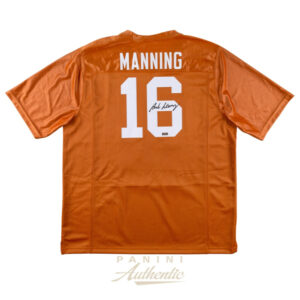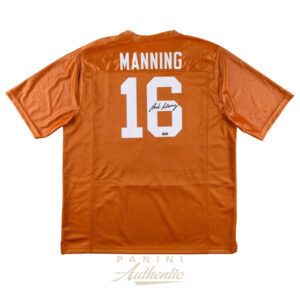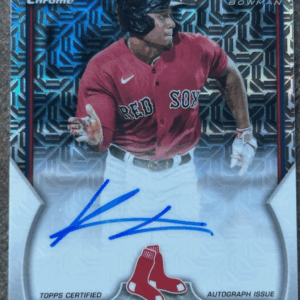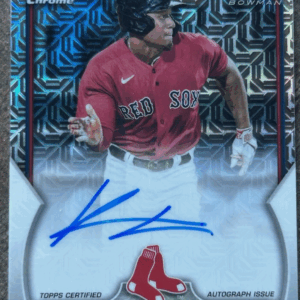When NBA Hall of Famer Ray Allen gazed across the basketball court, his vision was often laser-focused on shooting hoops and leaving an indelible mark on the scoreboard. Fast forward to the present, and Allen’s distinct gaze is now directed towards something a tad different—but no less significant: trading cards. Specifically, Allen has turned the spotlight onto himself, acquiring a piece of cardboard treasure that not only bears his name and jersey patch but is enshrined as an icon of basketball memorabilia.
The object of Allen’s affection? The coveted Upper Deck Exquisite Dual Logoman Card, a gilded gem in the trading card cosmos that he showcased proudly to his Instagram followers. This isn’t just any collectible card. It is a tangible artifact featuring sweat-soaked patches from jerseys worn by Allen and his equally illustrious former teammate, Michael Redd. This purchase was facilitated by Fifth Down Sportscards, marking more than just a personal acquisition—it signifies the upping of the ante in how professional athletes engage with memorabilia.
To understand the phenomenal allure of these Logoman cards, one must delve into the alchemy of prestige and nostalgia that they conjure. Each card is like Bram Stoker’s vampire of the sports world: eternally youthful, irresistibly seductive, and sated only by rarity. The Logoman patches are clipped directly from jersey fabric that was once part of the vibrant, kinetic world of NBA courts. Each piece features the league’s emblem, offering more clout than a millionaire tycoon showing off his Aston Martin.
The Exquisite series by Upper Deck acts as the red carpet extravaganza of the card trading world—a bastion of exclusivity and meticulous design. Hence, Allen’s decision to chase the Dual Logoman resonates as a profound homage to the artistry and scarcity that makes card collecting a relentless pursuit.
But his quest is more than a journey into the past—it’s a herald for the future. In a surprising twist, the realm of sports cards is undergoing a metamorphosis. Where fans once collected and hoarded images of their sporting idols, now those very idols are diving into the camaraderie and craft of collecting. This evolution gives the activity a sense of completion, a Möbius strip of fame and admiration where athletes and aficionados alike can walk hand in hand (figuratively, of course) through the ageless halls of trading card history.
Ray Allen’s pivot to the role of collector is not merely an addition to his legendary status as an athlete but a catalyst for a larger shift. In an era where pixels and highlights often overshadow the tactile and tangible, Allen’s engagement with card collecting breathes new vigor into the hobby. Not merely satisfied with being an icon on the court, Allen chooses to become an icon off it, extending his love affair with the sport into its cultural memorabilia.
More profoundly, as athletes like Allen embrace their own depictions etched into thin cardboard, a new narrative unfolds. This tale is about bridging player mythology with a shared cultural history, enhancing the legacy of trading cards—these steadfast paper time machines that connect generations. Athletes lending their names and participation to memorabilia fortify the bridges between their stardom and the glowing admiration of fans; it becomes less about commercial transactions and more about generational continuity and kinship.
Allen’s induction into the collector’s hall of fame is a testimony that echoes beyond mere ownership. It shines a light on a cultural phenomenon in flux, spotlighting sports memorabilia not just as artifacts but as living legacies of the game they celebrate. As athletes come to recognize the intrinsic value—not just monetary—of the cards within themselves, they weave richer tapestries into the mosaic of their careers.
Ray Allen’s card-collecting caper thus emerges as a fascinating chapter in the commerce of nostalgia and pride. It serves to immortalize him not just as a player who once dribbled a ball with the grace of a gazelle but as an enthusiast who reveres the patches of history as much as his fans revere him. It is not only a card that is dual but also a celebration of dual legacies—the athletic triumphs on the hardwood courts of the NBA and now, in the pristine aisles of collector’s cabinets.





